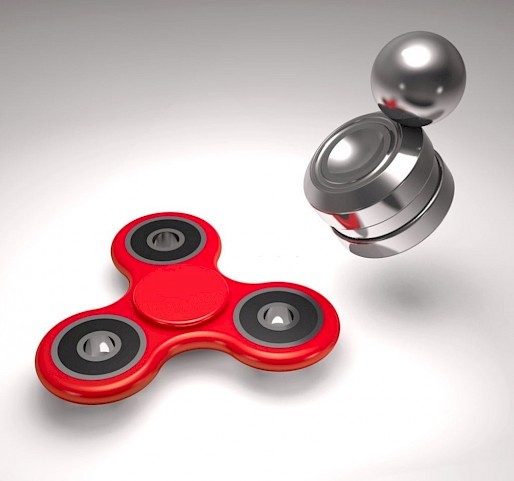Advantages
- More complex shapes are possible
- Overmold, insert mold, etc all possible
- NdFeB, SmCo, Alnico and Ferrite versions possible
- Hybrid versions as well (e.g. Ferrite+NdFeB) with combined properties
- Low electrical conductivity, low eddy currents
- Good tolerances. More resistant to chipping than compression bonded
Disadvantages
- Injection molded magnets offer lower magnetic performance than the compression bonded magnets (due to lower magnetic loading)
- Possible tooling charges for production and magnetising



